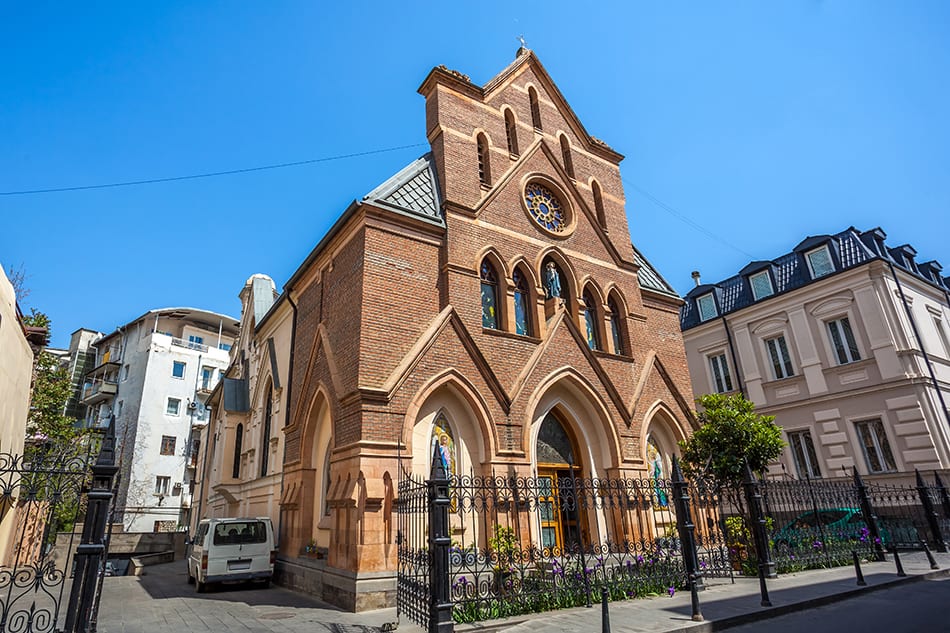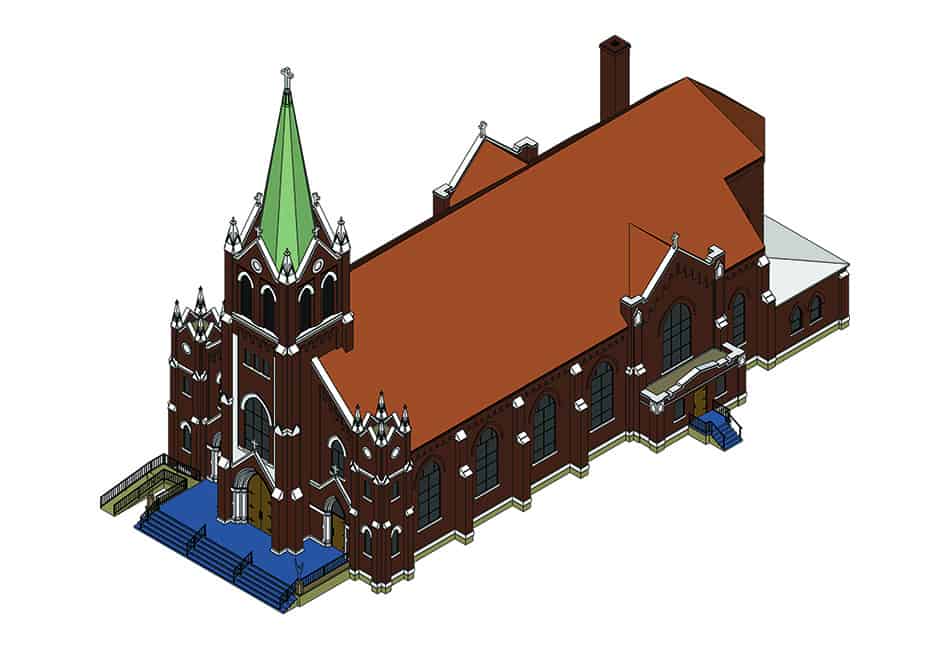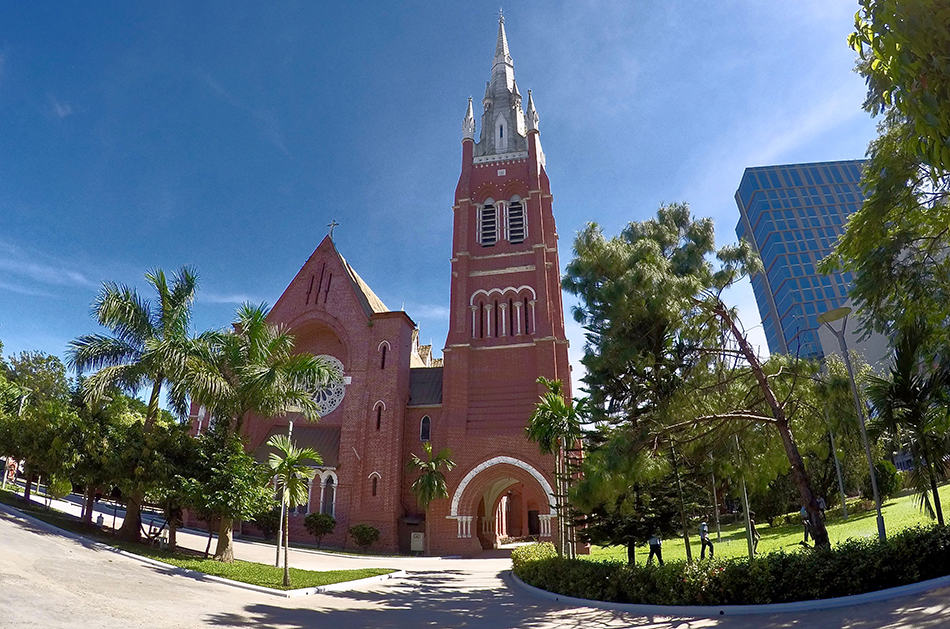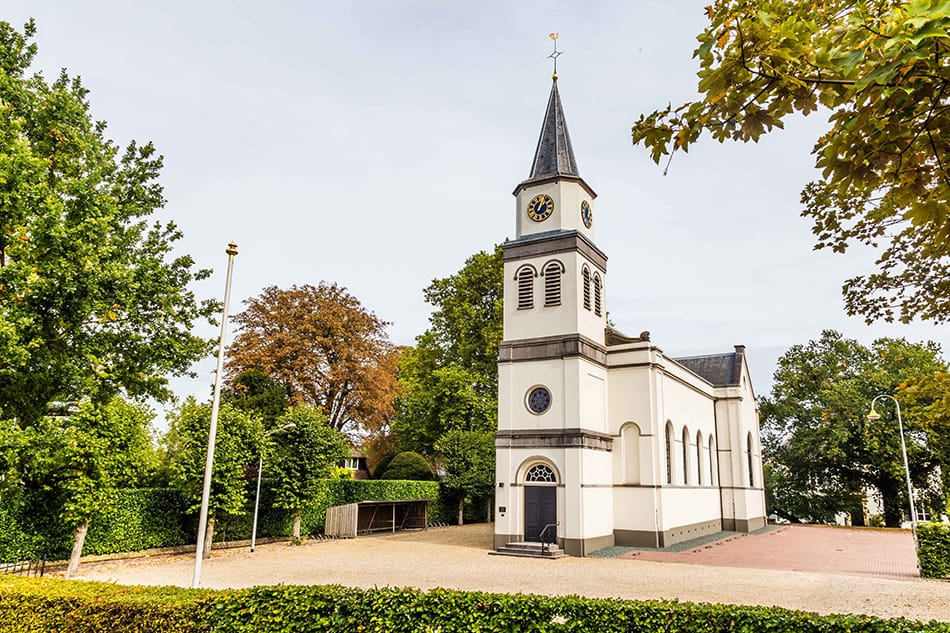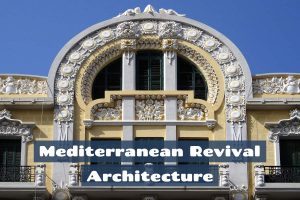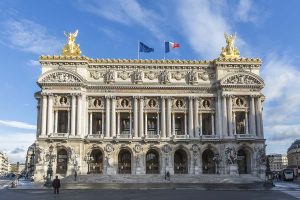The term ‘church’ can have different meanings. In religion, it could refer to a local congregation of a Christian denomination. It can also pertain to a community of Christians taken as a whole. But for most people, the church simply means a building for the religious activities of Christians. It is usually run or managed by a priest or pastor.
Churches have a long and checkered history. The earliest Christian church was a humble house believed to have been founded between the years 233 and 256. As Christianity became widespread in Europe, the number of churches increased in the continent, too. A wave of church construction occurred in Europe from the 11th through the 14th centuries.
In Europe, most churches are built on land considered to be holy or where a miracle or martyrdom was said to have taken place. For example, St. Peter’s Basilica is the burial site of Saint Peter, the first Pope and one of Jesus Christ’s apostles.
Churches serve as a place for Christians to worship. They may attend church services as a crowd or visit the church for private prayer. The church also hosts other religious functions like marriage, baptism, and funeral.
Cathedrals and chapels are often confused with churches. But you should know the differences. A cathedral is a church where the cathedra or ‘seat’ of a bishop is located. It serves as the central church of a conference, diocese, or episcopate. On the other hand, a chapel is a place of worship without a priest or pastor overseeing it. It is smaller than a church and is oftentimes just a room.
You may have been in a church before, but you have absolutely no idea of its parts. Continue reading to know more about the different parts of a church, according to denomination.
Catholic Church
Traditionally, Catholic churches are built in the shape of a cross, the principal symbol of Christianity. You may not realize this until you view the church from the sky.
Upon entering the church, you’ll usually encounter the vestibule. This is a spacious area where bulletin announcements, literature, pamphlets, and other church information are found. It is also a place where holy water can be accessed by the worshippers.
Next to the vestibule is the narthex or the gathering area where the worshippers greet each other before and after the Mass. The narthex is the space between the outside doors and inner doors of the church. It is also here where the faithful form lines for processions.
At the east end of the Church is the sanctuary, which is considered the holiest part of the church. Catholics believe that this is the part of the church where God’s physical presence can be felt. The word sanctuary comes from the Latin word sanctuarium, which means a place for keeping something in.
The altar is at the center of the sanctuary. It is a table where bread and wine are blessed by the priest during the Eucharistic celebration. It also serves as the focus of attention in the church.
The word altar comes from a Hebrew word which means a place of sacrifice.’ The truth is that altars have been used in religious activities even before the Catholic church was built. During the early years of the Catholic church, the altars were built on the sites of graves of martyrs. As more churches were eventually built, the relics of holy men and martyrs were buried under the altars.
Meanwhile, the lectern is another part of the sanctuary. It is a stand where the Bible is read from. It is usually a movable reading desk made of metal and wood. It is also called the cantor’s stand.
The raised stand or spot where the priest delivers his sermon is called the pulpit. It comes from the Latin word pulpitum, which means platform or staging. The traditional pulpit is raised high above the ground for enhanced audibility and visibility. It can be accessed by steps. During the medieval period, pulpits featured a sounding board or tester. It is not only for decorative purposes but also to improve the projection of the priest to the rest of the congregation. Pulpits also have book-stands where the priest can rest his bible or notes.
The last part of the sanctuary is the crucifix or the cross with the image or figure of a crucified Jesus is placed on. The crucifix is usually located or affixed on the wall and above the altar.
Aside from the sanctuary, there are also other parts of a Catholic church that you may be familiar with.
The tabernacle is a fixed and locked box that’s a familiar fixture not only in Catholic churches but also in Anglican churches. It is often made from stone or precious metals. It is used as a resting place for consecrated hosts. The word tabernacle is derived from the Old Testament and references the position of God’s presence among His people. It is also a tradition for the tabernacle to have a veil or curtains across its doors whenever there is a Eucharist within it.
The nave is the rail that serves to separate the sanctuary from the area where the worshippers sit. It is derived from the Latin word navis, which means ship. It includes the central and open spaces of the church, including the west side where the choir is usually located. It may also include the central and side aisles.
It is in the nave that the rows of pews are found. A pew is simply a long bench seat for seating members of a congregation. Interestingly, the pew is a recent addition to the Catholic church as it was first introduced in Protestant churches, where the sermon of the pastor was usually long. This brought the need for worshippers to sit down.
Around the nave are 14 framed pictures or the Stations of the Cross. These images depict the events of Jesus’ crucifixion. These are usually small plaques with paintings, although more modern churches have simple crosses with a numeral in the center.
There are other features or parts of a Catholic church, such as the font or the large stone bowl that contains holy water for baptizing babies. The stoup is the small basin containing holy water and placed in strategic parts of the church. Catholics dip their hand in the stoup to make the sign of the cross. Also, most Catholic churches have a confessional or small enclosed space or cabinet where worshippers can confess their sins to a priest.
Anglican Churches
Because of their shared heritage, most Anglican churches look the same as their Catholic counterparts. For one, Anglican churches are in the shape of a cross, and the sanctuary is also placed on the east side of the building.
However, there are also some differences. One is that Anglican churches have fewer decorations like statues and candles than Catholic churches. An Anglican church usually has a simple cross instead of a crucifix.
There are, however, parts of an Anglican church worth mentioning. One of these is the transept, a bar-shaped area at the end of the aisles and crosswise to the nave. Derived from the Latin words trans and septum (literally meaning across the wall), a transept is often utilized as an additional space for the choir and worshippers. In bigger Anglican churches, either side of the transept has small chapels or may serve to lead to other sections of the church.
Protestant Churches
Compared with their Catholic and Anglican counterparts, Protestant churches are much simpler. A Baptist church building, for example, looks like a large hall. It has a raised platform with two levels and a carpeted area dotted with comfortable chairs.
Perhaps the most noteworthy part of a Protestant church is the baptistery pool, which is often placed in front of the pews. This is the part where adults are baptized, and it usually has a door covering. As you may imagine, the baptistery looks like a small swimming pool. It is large enough for a person to be fully immersed in around three feet of water. The water is only visible for baptismal services and, at times, for special occasions. Anyone willing can be baptized at any age.
Protestant churches also have a lectern, which is the equivalent of the pulpit. But there are differences between the two. Perhaps the biggest difference is the use of these church parts. A pulpit is for the exclusive use of a priest, while the lectern can be used by a minister or laypeople who read responses and general intercessions. In terms of size, the lectern is smaller than the pulpit.
Wrap Up
In short, the church has many parts that many people are not aware of. But those parts hold significance to the church, whether it’s the Catholic church or the Anglican church, or another Protestant church. Knowing those parts will also make you appreciate a church the next time you pay a visit.
